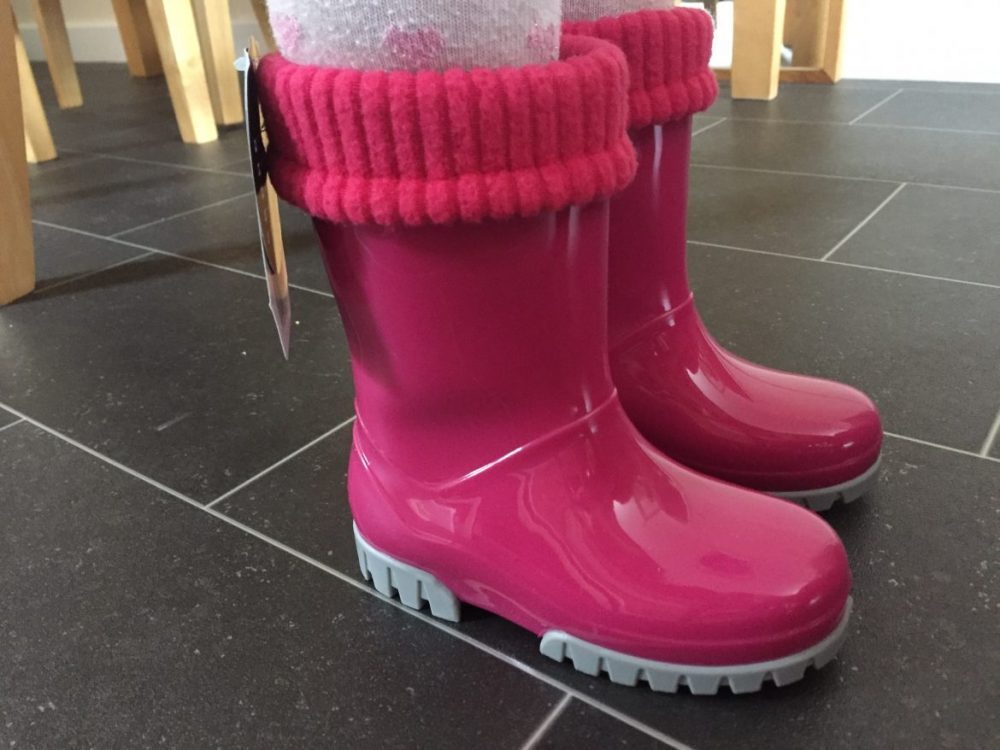
Fun Writing Exercises to Boost Your Child’s Academic Writing Confidence
This is a collaborative post
Writing is an essential tool children must acquire in order to succeed in school. Yet, a good deal of kids don’t find it easy to compose anything, so they’re not confident in writing. Your job as a parent or teacher is to help your kids overcome these issues by offering children creative writing challenges. These activities both help them write better and improve their academic writing confidence. Engaging in fun writing exercises can significantly boost your child’s academic writing confidence, and if additional help is needed, you can always pay to write essay through services like Academized.com, which offers expert writing support for students.

The Power of Storytelling
The best way to teach a child to write is through story. Story is a child’s favourite kind of thing, and when you let them come up with their own stories, you’re teaching them imagination, vocabulary, and storytelling skills.
First, ask your child what character he or she wants to write about. Perhaps an enchanted creature, a superhero or even a robot. After they decide on their protagonist, get them to create a basic story about him or her. Encourage them to write about the character’s appearance, personality, and the setting in which they exist. It allows children to practise descriptive writing and character formation.
It’s even more exciting when you make it a group task. Do not forget to share sentences as they continue the story and extend one another’s contributions. This not only makes the task easier, but also introduces your child to different types of writing and vocabulary.
Journaling for Self-Expression
Journaling is a great exercise for children to be able to write without feeling overwhelmed with academic prose. Encourage your child to write in a journal every day of their thoughts, emotions and experiences. That allows them to become more comfortable with writing and enhances their capacity to communicate.
Journaling will look more exciting if you give your child a personal notebook and some colourful pens or pencils. You can also provide prompts to get them started like “What is your favourite part of the day to write about?” or “If you had a superpower, what would it be and why?”
Don’t get me wrong, the intention of journaling is self-expression, not spelling and grammar. Write without fear that you will make a mistake when your child writes. This creates their self-esteem and fun writing.
The Art of Letter Writing
This digital world neglects the writing of letters. But, it’s also a great way to sharpen your writing and learn structure and formality in writing for kids. Ask your child to write letters to their friends or family members or even their favourite authors or celebrities.
Get them started by teaching them the basics of the letter, like the date, a greeting, the body, and the conclusion. And then give them a plan of what they want to say. Not only does this activity help their writing, it also teaches them to plan and write efficiently.
Incorporating fun writing exercises into your child’s routine can greatly improve their academic writing confidence, and for added support, the best essay writing services Australia can provide professional guidance and resources to enhance their skills.
Fun side note: you can make a “pen pal” system with a distant friend or family member. This provides your child with an actual audience for their letters and even better, you can get letters back from them.
Creative Writing Prompts
Imaginative writing questions are also an awesome way to get your kid’s creative juices flowing and to make him/her want to write. These clues can be from sentence openers to complex ones. The trick is to keep them interesting and entertaining.
Some creative writing prompts:
“Let’s say you got out of bed one morning and could listen to animals. Blog about your day.”
“If you could travel back to any era in history, which and why?”
Try to get your child to write for 10-15 minutes around these prompts. Creativity and expression, not grammar and spelling should be the priorities. Children are able to get their fingers dirty with ideation and writing, without having to do an official project.
The Power of Poetry
Poetry is also a great way to introduce children to language rhythm and expression. It allows them to use words, play with rhythms, and communicate feelings in a different format.
Start with very basic poems, such as haiku or acrostic. These have certain tenets within which you can instruct your child to write. An example is a haiku, which is a three-line poem consisting of five syllables in the first line, seven in the second, and five in the third. In an acrostic poem, a letter of a word is used at the beginning of each line.
As your child is more at home with these structures, suggest they explore free verse poetry and use that as an outlet to write without rhyme or structure. Poetry writing provides a framework for children to learn how to write rhythmically, and use descriptive, emotionally rich language.
The Importance of Revision
Free writing and imaginative play is essential, but you also have to teach children to revise. This helps them know that there’s a lot of work to be written and then tweaked.
| Step | Action | Purpose |
| 1. Let it rest | Put the writing aside for a day | Allows for a fresh perspective |
| 2. Read aloud | Read the piece out loud | Helps identify awkward phrasing or errors |
| 3. Check for clarity | Ensure each sentence makes sense | Improves overall comprehension |
| 4. Add details | Include more descriptive words or phrases | Enhances the vividness of the writing |
| 5. Remove repetition | Delete unnecessary repeated words or ideas | Makes the writing more concise |
| 6. Polish grammar and spelling | Correct any grammatical or spelling errors | Improves the overall quality of the writing |
The Joy of Collaborative Writing
And writing doesn’t need to be a solo sport. Shared writing activities are also a great way to have kids write with you while learning the value of teamwork and sharing ideas.
One fun collaborative writing task is the “story in a bag” game. Pack a bag with anything (a toy car, a seashell, a pencil, etc). Each one of you picks out an object and contributes a sentence to a story that features that object. This does not only stimulate imagination but also teaches children how to build on other’s thoughts and come up with good stories.
Another group activity is writing a family newspaper or magazine. Re-gift “skills” to members of the family – be the sportscaster, be the weatherman, etc. This activity also helps kids learn different writing formats and how to tailor writing for various audiences and intent.
Embracing Technology in Writing
There’s nothing wrong with pen-and-paper writing, but there’s also something that technology can do to make writing more appealing for kids. We have multiple kid-safe writing apps and sites that provide engaging writing games and exercises.
Some apps, for instance, enable children to develop digital storybooks, with drawings, even animations. This makes writing more exciting and helps children know that text and pictures communicate a narrative.
Other apps cater to certain aspects of writing, such as the creation of vocabulary or the use of grammar. They can be fantastic additions to other writing practice, and they get children learning new things in a competitive, game style.
Remember, we’re aiming to make the most of technology as a resource to enhance writing — not to substitute for writing entirely. Try to find a balance of writing in the digital world, as well as in the offline world.
Celebrating Writing Achievements
This is the most essential piece of writing confidence; celebrating your child’s writing. Not praise everyone else’s work in the same breath, but a salute to work, enhancement, and originality.
Set up an extra location to show off your child’s writing, including a bulletin board or folder. You may even want to encourage them to build a “published author” portfolio in which they will retain their favourite pieces of writing.
Make sure to have a family “book reading” night where your child will read their story or poetry. This gives them a positive support network and it lets them feel like their content is valuable and something to share.
You might also look for ways your child could get their work out there — like a school writing contest or a website for children. But make sure your child feels safe sharing their work, never pressure them into it.
Conclusion
Writing good stuff takes practice but doesn’t have to be a grind. Incorporating these play writing activities into your child’s everyday routine can give them confidence when it comes to writing and teach them a lifelong affinity for expressing themselves through language.
That’s the whole idea, don’t stress about it and write. Suggest innovation, reward the work, look for improvement instead of perfection. Just take it slowly, practise it regularly and you’ll see your child become more writing capable and confident.
Each child has his or her own voice and narratives. Such exercises aren’t the end of the world – they give your child the ability and the assurance to write with confidence. As they learn more and try new writing styles, not only will they learn how to write academically, but they’ll learn the satisfaction of being able to share their thoughts and creative expression.
So put down the papers and pens, turn on that computer, or bring out those writing prompts. So now it is time for your kid to begin the writing adventure. Who knows? You’re almost fostering the next writer or poet. Happy writing!





